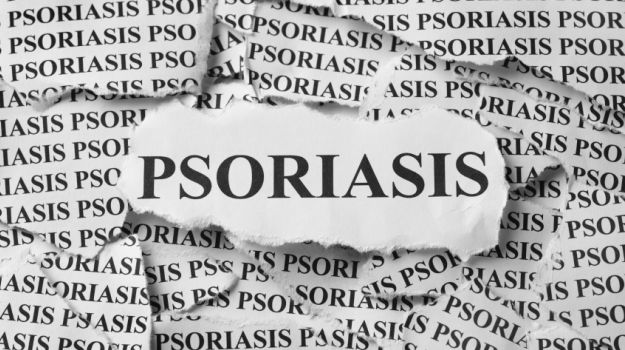
Children with psoriasis more often have thick waists than kids without the skin condition, suggesting they may face higher risk later on for heart disease and diabetes, according to a recent study.
Researchers in Australia found that kids with psoriasis aged 5 to 16 years had higher waist-to-height ratios but did not differ from peers in rates of obesity or metabolic syndrome – a cluster of risk factors for diabetes, heart disease and stroke.
As many as 7.5 million Americans, including children, may have the autoimmune skin disease psoriasis, which can be difficult to treat, according to the National Psoriasis Foundation.
Lead author Andrew Lee of the department of dermatology at Royal North Shore Hospital in St. Leonards, New South Wales, and coauthors studied 208 children recruited from a pediatric dermatology clinic and two private consultant rooms of specialist dermatologists.
Of the 110 girls and 98 boys, 135 had psoriasis and the remaining 73 had other noninflammatory skin conditions.
The researchers considered a waist circumference that was equal to or more than half a child’s height to be high. And based on waist and height measurements of the participants, 29 percent of kids with psoriasis had a high waist-to-height ratio compared to 11 percent of those without psoriasis, according to the results in JAMA Dermatology.
Lee did not respond to a request for comment, but the authors point out that adults with psoriasis are already known to have increased risk of heart disease, and of metabolic syndrome, whose symptoms include excess fat around the waist.
Other metabolic syndrome symptoms include low levels of HDL, the “good” cholesterol; high levels of triglycerides, a “bad” blood fat; and elevated blood sugar levels.
“We know that being overweight or obese is a risk factor for developing psoriasis,” said Dr. Megha M. Tollefson of the Mayo Clinic in Rochester, Minnesota, who was not part of the new study. “Being overweight or obese is also a risk factor for many other conditions, including metabolic syndrome and cardiovascular disease.”
It’s hard to say exactly how “dangerous” an elevated waist-to-height ratio is, Tollefson told Reuters Health by email.
“But, studies have shown children with increased WtHR even if not obese to be a risk factor for cardiovascular disease and metabolic disease, thus these children likely need closer follow-up and possibly monitoring,” she said.
“In children, it seems that the obesity likely comes before the psoriasis, but it also may be that people with psoriasis who do not have obesity are also at some risk for health issues that we typically think to be related to obesity,” she said.
Parents of children with psoriasis should pay extra attention to maintaining a healthy lifestyle, including promoting exercise and a healthy well-balanced diet, she said.
“There are no formal recommendations at this time to screen children with psoriasis any different than children without psoriasis, but it is appropriate to consider closer monitoring and also to more proactively discuss healthy lifestyle with the child and his or her parents,” she said.
(This story has not been edited by NDTV staff and is auto-generated from a syndicated feed.)
[“source-ndtv”]

